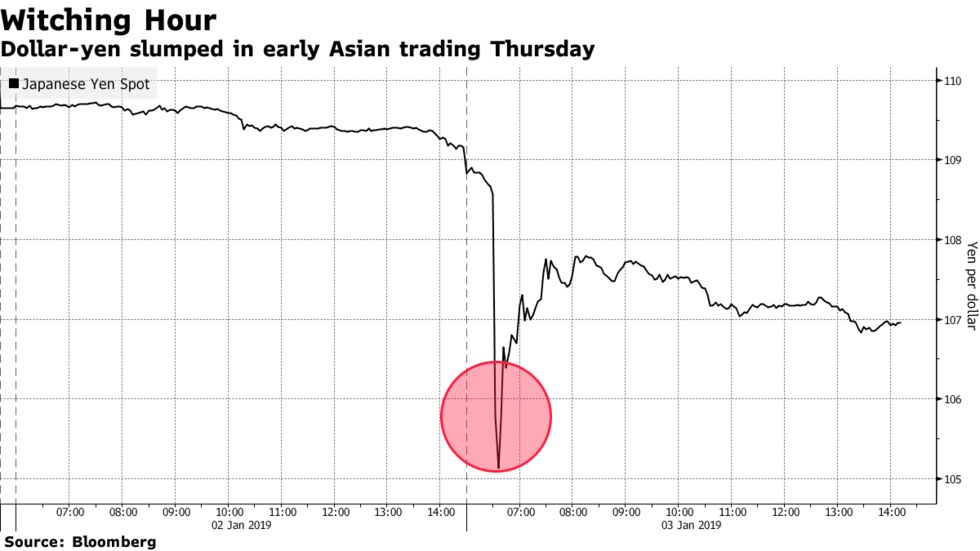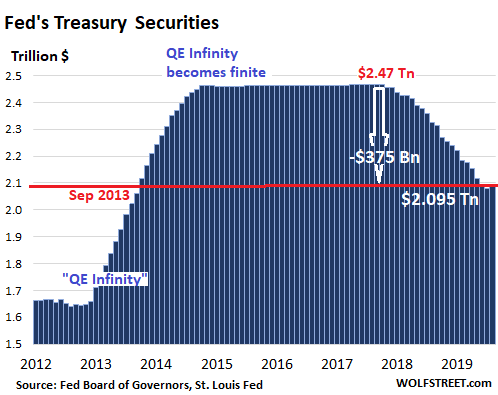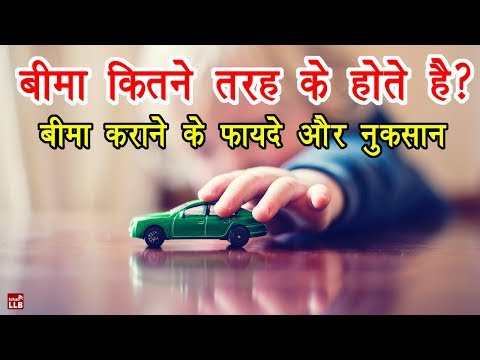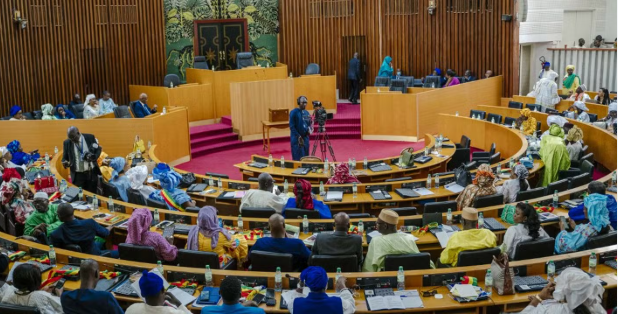

Physical capital appears on the financial statement of the company. However, human capital does not appear on any financial statement. On the other hand, the formation of physical capital is an industrial process along with an economic decision taken by the entrepreneur.

Investment in education gives them additional skills to do the same job more efficiently or variety of other jobs. Education converts human beings into human capital. The human capital represents the enhanced labour productivity which is an acquired ability and an outcome of deliberate investment decisions. This can be seen directly in the form of higher incomes earned because of the higher productivity of the more educated or the better-trained persons as well as the higher productivity of healthier people.
The service sector contributed to _______ of India’s Gross Value Added . Physical capital is tangible and can be easily sold in the market like any other commodity. Human capital benefits both the owner and society. « The ClearIAS platform is highly user-friendly. It is quite easy to revise mock exams on the ClearIAS mobile app. The explanations are short, crisp and clear. ClearIAS is one of the most trusted online learning platforms in India for UPSC preparation. Around 1 million aspirants learn from the ClearIAS every month.
File GST Returns with ClearTax
Thus human capital is the stock of skills and productive knowledge embodied in human beings. Thus, the quality of the population depends upon education and health of a person. It ultimately decides the growth rate of the country. The illiterate and unhealthy population is a liability for the country. The population of a country available for the production activities is called human resource.
Scrutiny of HDI’s components reveals the unequal distribution of outcomes in education, life expectancy and income within countries. The Inequality-Adjusted Human Development Index compares levels of inequality within countries. Evaluate the differences between physical and human capital. Efiling Income Tax Returns is made easy with ClearTax platform. Just upload your form 16, claim your deductions and get your acknowledgment number online.
- In economic theory, physical capital is one of the three primary factors of production, also known as inputs production function.
- For example, educated parents are found to invest more heavily on the education, health and nutrition of their child.
- Human capital refers to stock of information, expertise, expertise and skills brought in by the employee, to the group.
- Achieve Objectives – Education helps in achieving financial objectives as well as helps in understanding the world around you better.
The formation of human capital is not an industrial process; it is a social one. Additionally, it is also a result of the decision-making of an entrepreneur or manager. Recruitment and training play a big role in building up human capital. While the value of human capital in terms of money is not easy to measure, the influence of investments in it can be calculated and analyzed.
What s are the differences between physical capital and human capital Human capital cannot be used a……
Such individuals become national asset with their contribution to the growth story of the nation. Through the entrepreneurial spirit they are able to create jobs and set up corporate empires to employ people. Increased education adds to the stock of human capital, not unlike building factories adds to the stock of physical capital. This analysis also affects how we evaluate evidence of complementarity across inputs to human capital, such as if early-life interventions spur later investments. The Envelope Theorem suggests that we should measure the direct effect of the intervention; whether the other inputs are substitutes or complements is of second-order importance. Government expenditure on social infrastructures like health and education reflects the government’s commitment to these sectors.
What is the main difference between human capital and human?
Human capital and human development are interrelated concepts but they are not identical. While human capital refers to the stock of a nation's human skills and expertise at a particular point of time human development refers to holistic development and well being of a nation's human capital.
It consists of human-made items that help manufacturing and production. Real estate, cash, inventory and equipment are examples of physical money. The values are listed in order of solvency on the balance sheet. A component of the whole organisation is physical capital. As a resource for the company, it adds to the earnings. It gets its value from how highly the organisation is regarded overall.
Master Your Finances – The Ultimate Guide to Creating Your Business Budget
“Physical capital” denote to fixed capital, all different sorts of actual bodily asset that are not included in the production of a product is distinguished from circulating capital. Physical capital in accountingBiased on the order of solvency of a physical capital, it’s listed on the balance sheet. The impact of investments of human capital and bodily capital could be measured and analysed with the same ratios to measure and analyse the investment efficiency of physical assets. Both of those investments lead to basic enhancements within the enterprise model and higher overall decision-making. Physical capital is noted on the stability sheet as an asset at historical cost, not market value. Indian economy have proved that investment in education leads to higher human capital formation and thus, consequent increase in economic development.
A human resource becomes human capital when there is an investment made in the form of education, training and medical care. When the existing ‘human resource’ is further developed by becoming more educated and healthy, we call it ‘human capital formation’. Human capital adds to the productive power of the country. It is the stock of skills and productive knowledge embodied in them. ‘People as Resources’ is a way of referring to a country’s working people in terms of their existing productive skills and abilities. Looking at the population from this productive aspect emphasises its ability to contribute to the creation of the Gross National Product.
Education helps in the economic development of the country. As of now, our rank in various indices – human capital and human resource – is not encouraging. Both government and private entities should give better focus on the same. Human capital considers education, health and other investments as a means to increase labour productivity. The concept considers human beings as a means to an end; the end being the increase in productivity. However, as we moved from a manufacturing economy to an informational economy, there is a paradigm shift in the way humans are seen.
What is physical capital vs human capital?
What exactly is the difference between physical capital and human capital? Physical capital refers to tangible assets that assist in the production of a good. This includes machinery, buildings, transportation, computers, and software. Human capital refers to the economic value of an employee's skill set.
Education facilitates use of resources in the country. Problems relating to development of education in India Large number of illiterates. The HCI methodology can be used to quantify some of the potential impacts of COVID-19 on the future human capital of children and youth. If a person wants to get success and progress in his life, he should be educated. Education is a key element of human capital theory because it is viewed as the primary means of developing knowledge and thus is a way of quantifying the quality of labour.
Explain the four requirements of the production of goods and services. In simpler words, it portrays the cumulative value of a company’s intellectual capital. This capital is a constant source of innovation and creative solutions. This standard is used to determine the value of an individual’s skill set.
Human capital can be enhanced through training and skill development. Contrarily, human capital is classified by the attributes that employees bring to a company. It is a culmination of talent, skill, knowledge, experience, abilities, attitude, etc. Explain the difference between the vicious difference between physical and human capital and virtuous cycle of life with reference to human resource. The Constitution of India mentions the functions to be carried out by each level of government. Accordingly, expenditures on both education and health are to be carried out simultaneously by all the three tiers of the government.
h Class
The main engine of growth is the accumulation of human capital—or knowledge—and the main source of differences in living standards among nations is a difference in human capital. Physical capital plays an essential but decidedly subsidiary role . The union and state governments in India have been earmarking substantial financial outlays for development of education and health sectors. If a healthy person could provide uninterrupted labour supply for a longer period of time, then health is also an important factor for economic growth.

It caters to one of the production elements besides labour and land. If the assets are made of fixed capital, it refers to the fact that the money is not consumed in the production process. In this sense, capital contains gear, land, buildings, money, and, in fact, individuals—human capital.
A large literature examines the relation between GDP per capita and proxies of health in a cross-section or panel of countries. The main finding is essentially the stylized fact that motivated this review in the first place. These ideas find confirmation in four strands of the literature, all of which estimate effects of some aspect of childhood health on adult outcomes. One line of this literature finds a large labor-market return to adult height, which is, to some degree, a proxy of early-life health.
Clearly, three of the most important pillars of human capital are Education, Health and Skills/Employment. To calculate the human capital of an individual, you need to take his earnings today and add with it what he is likely to earn in future. Human capital is a term that denotes the monetary value of the knowledge, skills, and competencies of a person.
More General Knowledge Questions
At its early stage, even before producing or manufacturing a single product or securing the first client or consumer. This is mainly to do the basics right for the company which can not be attained without adequate start-up capital. These include the property or land upon which stores, shipping facilities and factories are built. Natural resources collected from the ground, for example, the corn which constructs tortilla chips or the iron from which steel is made, belong to this category. Economists believe that there exist three factors of production. These consist of both Human Capital and Financial Resources.
Higher Education is a prerequisite for the production of highly competent experts, which in turn, contributes to the development of organizations and the economy at large. Higher Education therefore is expected to play an important and increasing role in the development of Human Capital of a nation. The World Bank Group announced the Human Capital Project in 2017. Work is underway, with a new Human Capital Index launched in October 2018 at the Annual Meetings held in Bali Indonesia.
People who are educated can access a lot of opportunities. People with high intellectual wealth also enjoy good social status in society. Therefore, we can say that education is probably the most valuable aspect of life. Roads, ports, telecom, irrigation, industries, agriculture all demand simultaneous attention for a wholesome and inclusive development.
The OECD also boldly asserts that internationalism is a means to improve the quality of education. Labor was a necessary component, but increases in the value of the business came from investment in capital equipment. In Section 5.1, I discuss evidence from cross-country comparisons in macroeconomic data.
What is the main difference between human capital and human?
Human capital and human development are interrelated concepts but they are not identical. While human capital refers to the stock of a nation's human skills and expertise at a particular point of time human development refers to holistic development and well being of a nation's human capital.



